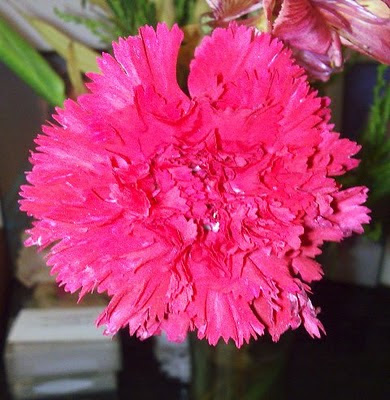Kahlil uses a subtle but a fierce language flowering with original metaphors, and as fresh like the seasons he was describing. You can smell the sheaves of corn and see the noontide.
When I first read it, I got copies and gave them as gifts. Anyone can read it - young or old. Anyone who values life will understand it. Anyone craving for wisdom will get it.
"The Prophet" is a best seller of all times. It has been translated into more than 20 languages.
According to Claude Bragdon "The author has a power that came from some great reservoir of spiritual life else it could not have been so universal and so potent..." Kahlil Gibran is a U.S.- Arabic writer born in Lebanon (1883-1931).
II. More Words
1. Prophet - Some who foretells the future. Isaiah, Mohammed, and Nostradmus are prophets of different ages.
2. Perish - Perish means to die or disappear; perish in poverty; die in hell; expire
3. Embark is to go on board or up a vehicle; start
4. Threshold - A point of beginning like a door is a threshold; the threshold of pain; love's threshing floor
5. Archer - The archer's tools are bows and arrows. A person who is engaged in the sports of archery; the Sagittarius sign
6. Soul - You can talk about spirituality when you talk about the soul. It is also energy power of a spirit; heart
Anima Christi (Soul of Christ)
Soul of Christ, sanctify me
Body of Christ, save me
Blood of Christ, inebriate me
Water from the side of Christ, wash me
Passion of Christ, strengthen me
O good Jesus, hear me
Within your wounds, hide me
Never permit me to be separated from you
From the evil one, protect me
At the hour of death, call me
And bid me come to you
That with your Saints
I may praise you forever,
Amen.

7. Splendor - Brilliance; A classical song chants about love and splendor.
"And though of magnificence and splendor, your house shall not hold your secret nor shelter your longing." Kahlil Gibran
8. Serenity is peacefulness; tranquility; the serene water of the Pacific
9. Aggrieved - An aggrieved or troubled feeling should deem compassion from others; injured or wronged
10.Tyranny - Tyranny is cruelty of leadership. Edmund Burke says "Bad laws are the worst sort of tyranny."
Rose Flores - Martinez, 01.20.2010













